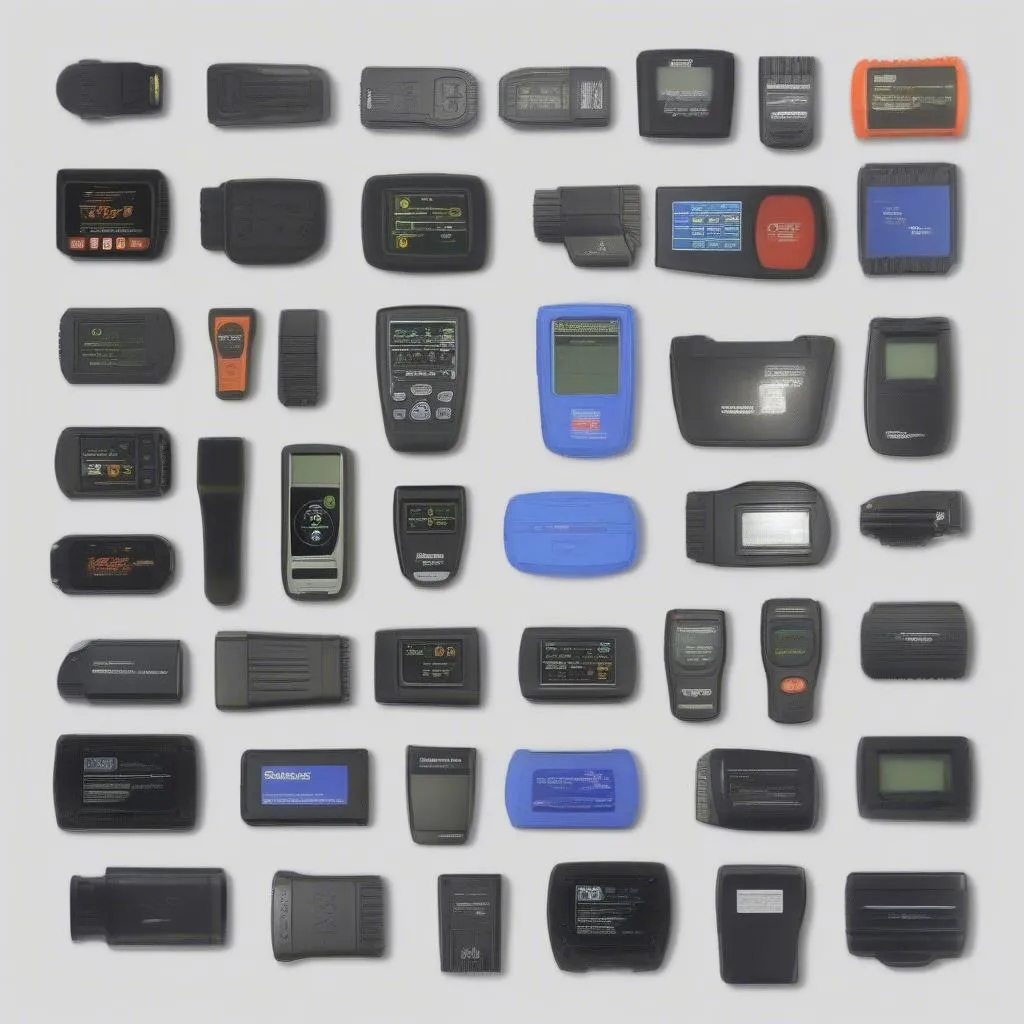Have you ever wondered what that small, rectangular port tucked away beneath your dashboard is for? It’s the OBD port, and it’s a crucial part of your car’s diagnostic system. Think of it as your car’s “black box” – a window into its inner workings.
What is the OBD Port?
The OBD port, short for On-Board Diagnostics, is a standardized connector found in most vehicles manufactured after 1996. It’s the key to accessing your car’s computer system, allowing you to diagnose any potential issues and understand your car’s performance.
Imagine this: you’re driving down a highway and suddenly, the “check engine” light flashes on your dashboard. It’s a scary moment, but don’t panic! This is where the OBD port comes into play. Mechanics and even DIY enthusiasts use a device called an OBD scanner to plug into this port and retrieve error codes.
Why is the OBD Port Important?
The OBD port is important for several reasons:
- Troubleshooting Problems: When a vehicle malfunctions, a series of error codes are stored in the car’s computer. These codes, along with other diagnostic data, can be read using an OBD scanner, allowing you to pinpoint the source of the problem.
- Monitoring Performance: The OBD port can be used to monitor your car’s performance, such as fuel efficiency, engine temperature, and even speed.
- Making Repairs Easier: By providing access to this valuable information, the OBD port can streamline the repair process and help ensure that the right repairs are made.
Where is the OBD Port Located?
The OBD port is usually located under the dashboard, near the steering column. However, the exact location can vary depending on the car make and model. You can find it by looking for a small, rectangular port with a 16-pin connector.
- *
 OBD Port Location
OBD Port Location
If you can’t find the port, check your owner’s manual or contact your car dealership for assistance.
FAQs About the OBD Port
Here are some frequently asked questions about the OBD port:
What is the Difference Between OBD and OBDII?
OBD stands for On-Board Diagnostics. OBDII is the second generation of the OBD system, which was introduced in 1996. OBDII is the standard used in most vehicles today.
What Can I Do with an OBD Scanner?
An OBD scanner can be used to:
- Read and clear diagnostic trouble codes (DTCs)
- Monitor your car’s performance in real-time
- Analyze engine data and fuel efficiency
- Access vehicle history data
What are some Popular OBD Scanners?
There are many OBD scanners available on the market, ranging from basic code readers to advanced diagnostic tools. Some popular options include:
- Autel MaxiCheck Pro
- *
 OBD Scanner
OBD Scanner
Can I Use an OBD Scanner on Any Car?
Most OBD scanners are compatible with vehicles manufactured after 1996 that comply with OBDII standards. However, it’s always a good idea to check the scanner’s specifications to ensure compatibility with your specific car model.
Can I Use an OBD Scanner to Tune My Car?
While some OBD scanners offer limited tuning capabilities, they are not designed to replace professional tuning services. If you’re looking to tune your car, consult with a qualified mechanic or tuner.
Conclusion
The OBD port is a valuable resource that allows you to better understand your car’s health and diagnose potential issues. By using an OBD scanner, you can gain insights into your car’s performance, troubleshoot problems more efficiently, and potentially save money on repairs.
If you have any further questions about the OBD port or need assistance with any of your vehicle’s diagnostic needs, feel free to reach out to us via Whatsapp: +84767531508. Our team of experts is available 24/7 to help you navigate the world of automotive diagnostics.
Be sure to check out other resources on our website, such as our guides on OBD port location and OBD scanner recommendations.
- OBD Port Finder
- Where is the OBD Port?
- OBDII Port
- OBD-II Port Location
- Autel MaxiCheck Pro OBD Scanner Support
Don’t hesitate to leave a comment below with any additional questions you may have! We’re here to help you get the most out of your car.